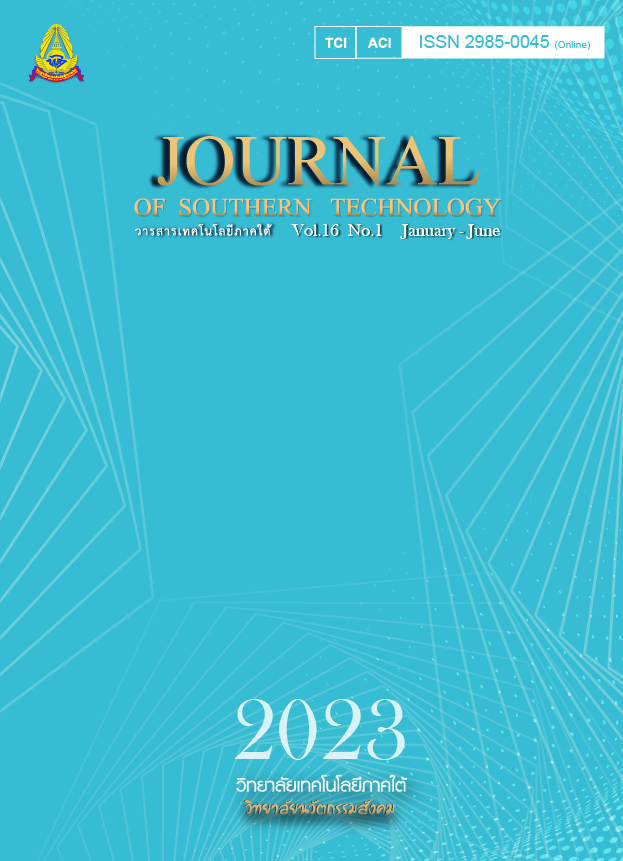Tourism System: Becoming an Industry
Main Article Content
Abstract
This article aims at illustrating the basic concept of the tourism system which acts as a mechanism for strengthening tourism industry development and for enabling the country to generate great annual revenue. This tourism system comprises tourism demand, transit routes, and tourism supply. An in-depth tourist needs analysis was performed based on global and Thailand tourism evolution and processed into sub-concepts of tourism demand consisting of 1) four basic human needs, 2) Maslow’s hierarchy of needs and travel motivation based on his concept, 3) cultural value of travelers, and 4) economical tourism demand. Sub-concepts of tourism supply included 1) natural resources and culture, 2) community with outstanding identity, 3) sports, recreation and entertainment, and 4) tourism businesses with their transit routes acting as a link between sub-concepts of both demand and supply under the cooperation of 6 core sectors: law sector, economical sustainability, social accountability, cutting-edge technological system, education system and involved in academic/professional association/organization to promote stronger tourism industry development which stabilizes the country’s economy.
Article Details

This work is licensed under a Creative Commons Attribution-NonCommercial-NoDerivatives 4.0 International License.
-
Authors must agree to the journal publication rules and allow the editors to edit the manuscripts for publication.
-
Author’s right belongs to the author but Journal of Southern Technology holds the right of first publication and thus allow readers to use the article for the purpose of education but not commercial.
References
Crouch, G.I. (1994). The study of international tourism demand: a survey of practice. Journal of Travel Research, 32(4), 41-55.
Cirome. (May 29, 2012). Tourism cH1: whole Tourism Systems. Retrieved June 25, 2017 from http://ciromeworld. Blogspot.com/ 2012/05/ietm501-ch1-whole-tourism-systems-html
Dabphet, S. (2021). Tourism Behavior and Culture Analysis. N.P: Press. [in Thai]
Kotchatas Saetang. (2015). Needs Compiling Technique. Retrieve April 21, 2022, from http://kotchatas56. blogspot. com/
Kaosa-Ard, M., Untong, A., Thianthirawit, P., Phetvaroon, K., & Kruefu, N. (2013). Tourism Economics. Bangkok: The Thailand Research Fund (TRF) [in Thai]
Mill, R.C., & Morrison, A. M. (1985). The Tourism an Introductory Text. New Jersey: Prentice Hall.
Morrison, A.M., Lehto, X.Y., & Day, J.G. (2018). The Tourism System (8th ed.). USA: Kendall Hunt.
Maslow, A. H. (1943). A theory of human motivation. Psychological Review, 50(4), 370–396.
Naiyana, P. (2021). Tourism Origination in Thailand. Retrieve April 21, 2022, from https://www.theprachakorn. com/news detail.php?id=395 [in Thai]
Oxford Languages. (2007). Retrieve April 21, 2022, from Shorter Oxford English Oxford Languages.
Tourism Authority of Thailand. (2022). Singporesilient Revival Strategy for Singapore Tourism after Pandemic. Retrieve May 2, 2022, จาก https://tataeademy.com/th/articles [in Thai]
Treesuwan, P. (2014). Tourism Evolution. Retrieve April 18, 2022, from https://webs.facebook. com/487643448028956/57775705901 7594/?_rde=I&_rdr [in Thai]

